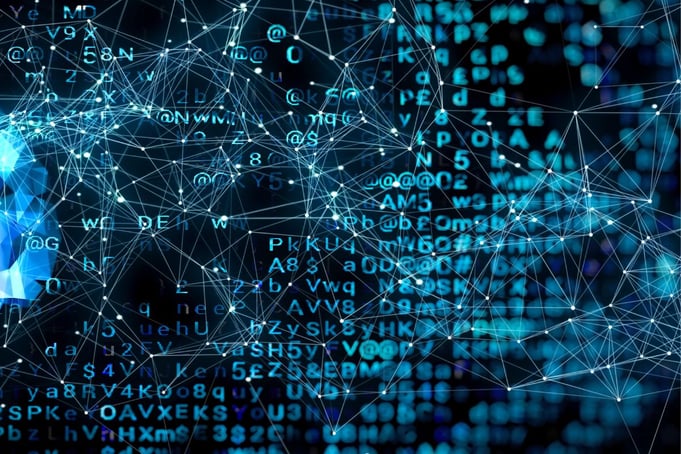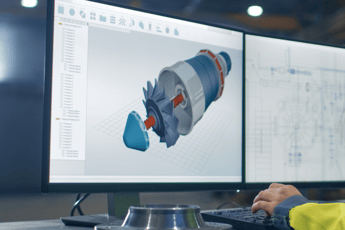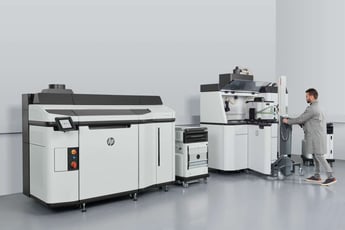The advent of OpenAI’s ChatGPT has brought artificial intelligence (AI) into the spotlight, especially in recent months. These platforms’ capabilities—assisting with contract writing, code generation, and content creation—have captured widespread interest.
In this article, we explore how AI can impact 3D CAD design and 3D printing, examining the opportunities it offers as well as discussing its current advantages and limitations.
The CAD + AI Combo
Consider Blender, one of the most popular open-source 3D design programs. It supports STL files and Python—a widely used programming language. This raises the question: could ChatGPT be used to generate Python code for Blender? That would allow users to interact with the software more intuitively and facilitate the creation of 3D models.
The ChatGPT Prompt: Successes and Limitations
In tests where ChatGPT was asked to generate a Python snippet for Blender—creating simple objects like a cube or even the body of a dinosaur—the results were mixed. ChatGPT could generate code for basic shapes like the cube, but struggled with more complex forms.
It’s important to note that AI still exhibits limitations in generating complex Python code for Blender. Advanced shapes require deeper understanding of the language, and errors may occur in the generated code. However, as technology continues to evolve, these limitations may be overcome over time.

Who Can Benefit from AI?
Users with more advanced knowledge of Blender’s features and its specific terminology may achieve varying degrees of success using ChatGPT—even though the technology is still in its infancy compared to its potential.
The experience gained so far with AI in the field of design offers an exciting outlook for the future. Designers might soon collaborate in real time with a virtual assistant to create highly customized and complex 3D models. Moreover, using other AI platforms—such as 2D image generators—can provide additional creative inspiration during the design process!
However, creating photorealistic 3D renderings is still a time-consuming process and not yet fully automated. We’ll have to watch how these technologies evolve and influence the future of design and additive manufacturing.

.png?height=420&name=NIUO_testate_articoli_blog%20(10).png)


